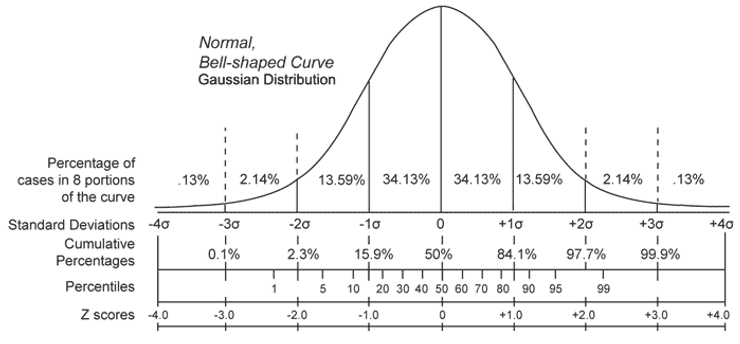What is Anthropometry? Data Driven Design.
Anthropometry is the systematic measurement of the physical properties of the human body.
Measurements like eye height, the distance from the floor to a person’s eyes, can be taken sitting or standing. Other measurements include elbow height, hip breadth, overall stature, knuckle height, and popliteal height, or the distance from the floor to the back of the knee.
These measurements play an important role in the design of architecture, furniture, tools, cars, clothes and more to fit the human body. For example, the height and width of a doorway, or the height and depth of a cabinet or countertop all rely on anthropometry.
We use anthropometry in ergonomics to optimize the fit and function of products, both during design and during evaluation. When evaluating the fit of a chair for a person, we must consider different leg segment measurements to optimize the height and depth of the seat pan. When determining the appropriate height of the work surface we take into account both elbow height and knee height. Measurements of the hand like breadth and length are used when evaluating the grip of a hammer or the fit of a computer mouse.
These datasets can be used to inform the design of workplaces. When applying anthropometric data, there are three basic choices:
Design for the Average
Design for Adjustability
Design for Extremes
Within a given workplace, each of these principles has its application. Designers must choose who they are designing for, and which systematic approach best suits a given situation.
The basic process starts with determining the relevant body dimensions you are working with. You must take into consideration the function of your product and the fit with the human body. You also need to consider the task requirements and aspects of the workplace and environmental layout.
Next, you’ll decide which percentile you will accommodate. Measurements in the ANSUR and CAESAR databases are statistically categorized into percentile groupings or distributions and mapped out to find where the average measurements lie, creating a bell curve. The average measurements represent the 50th percentile of the population.
The common percentiles we discuss in anthropometry for ergonomics is the fifth percentile female, representing a small body, and the 95th percentile male, representing a tall or longer body, and the 50th percentile female and male, which represent the average of each gender.
Once you’ve determined the scope of your design, you will need to obtain the data you will use to inform the design, and add allowances to adjust for clothing, footwear, and other worn equipment like personal protective equipment (PPE).







No comments:
Post a Comment